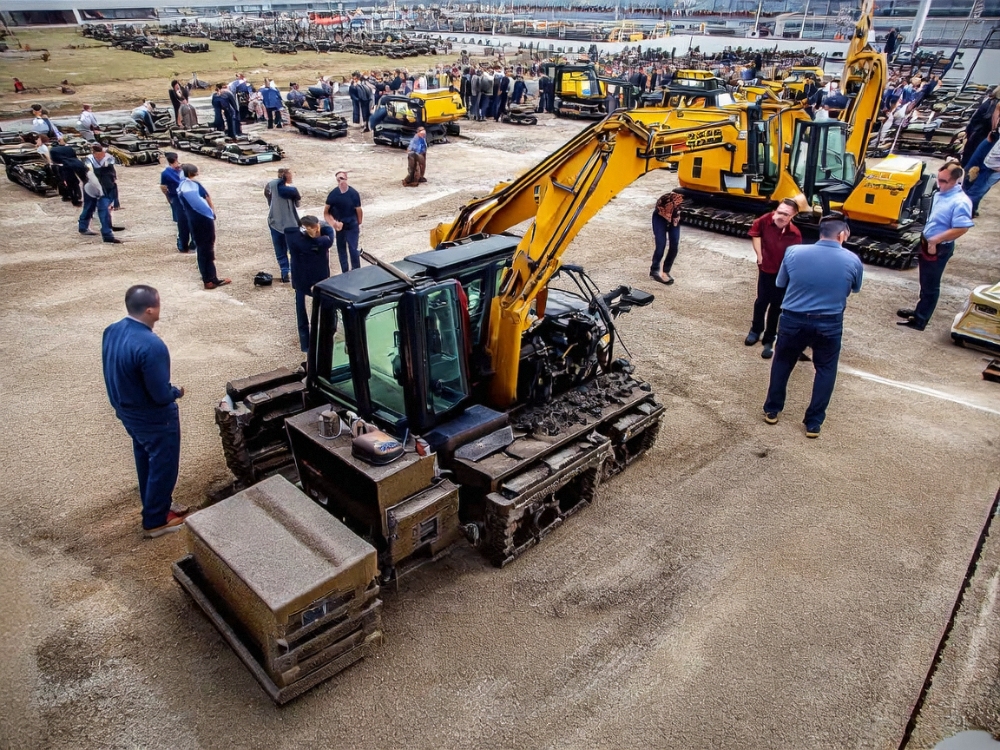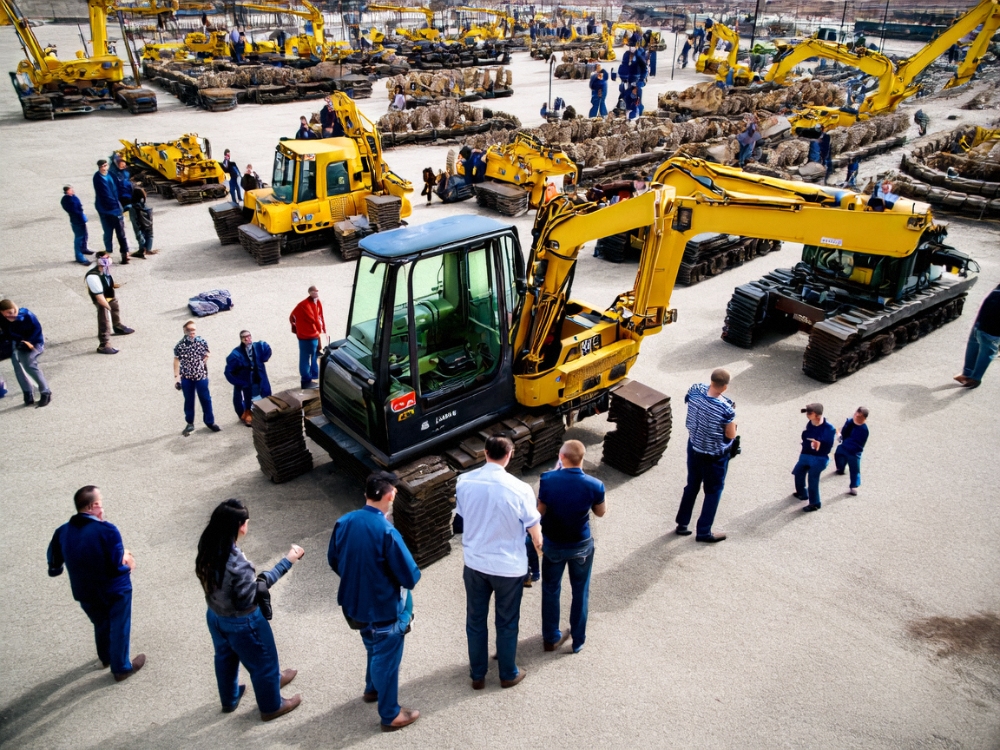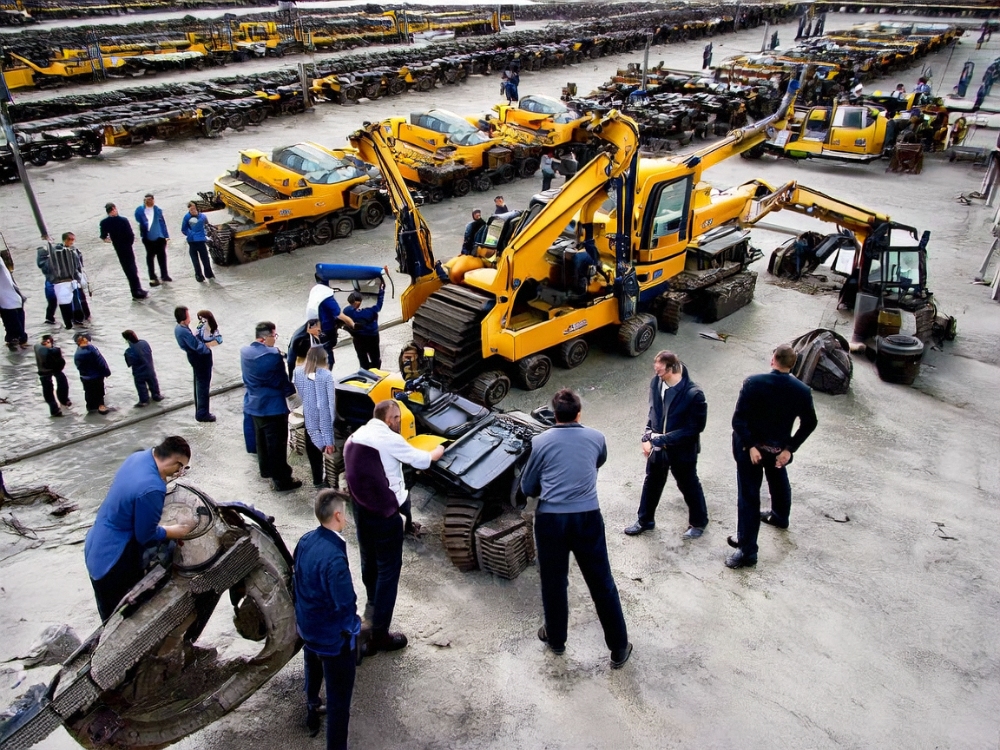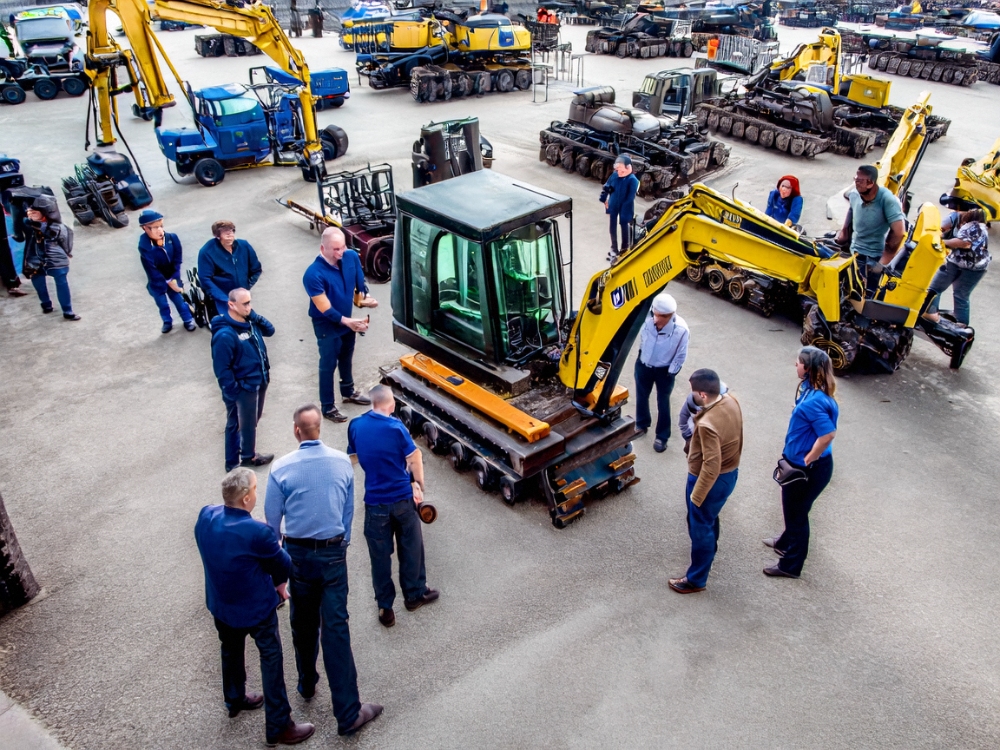Recommend Products
-
$19,000$20,000
-
$28,000$30,000
-
$33,000$37,000
-
$26,000$29,000
Buying a used excavator is an effective strategy for reducing costs and improving project profitability for both individuals and construction and engineering companies. However, evaluating the return on investment (ROI) of a used excavator is an important step in ensuring that the purchase decision is correct. This article will analyze how to evaluate the ROI of a used excavator from the buyer's perspective and the key factors that affect this return.

1. The first advantage of a used excavator is its low acquisition cost. Compared with a new excavator, used equipment can usually be purchased at 30% to 70% of the price. By reducing the initial investment, companies can quickly recover the cost of the equipment, especially when the construction project is urgent and funds are limited.
Calculation example:
New excavator price: $200.000
Used excavator price: $100.000
In this case, buying a used equipment can save $100.000 in initial investment. If the life and performance of the equipment meet the project requirements, the ROI will be higher from a financial perspective.

2. Another financial advantage of used excavators is that they depreciate more slowly. While new equipment depreciates most rapidly in the first few years, used equipment has often already gone through the initial rapid depreciation phase. Therefore, the future residual value of a used excavator is more stable, which means that the residual value of the equipment will be higher when it is sold in the future.
Key points:
New equipment may depreciate by as much as 20% to 30% in the first year.
Used equipment depreciates more slowly, especially when the equipment is well maintained, and may depreciate by less than 10% per year.

3. Although the initial acquisition cost of a used excavator is lower, its operating costs, especially repair and maintenance costs, need to be carefully evaluated. Old equipment may require more maintenance, especially if the previous owner did not maintain it well. Therefore, buyers should take the potential repair costs of the equipment into account when calculating their return on investment.
Analysis suggestions:
Before purchasing, try to obtain complete maintenance records for the equipment to assess its future maintenance costs.
Check whether the spare parts of the used equipment are easy to obtain to ensure that the repair costs are controllable.
Moderate maintenance expenditures can extend the life of the equipment and improve the overall return on investment.

4. The productivity of a used excavator directly affects its return on investment. If the equipment performs well and can efficiently complete the construction task, its productivity will not be lower than that of a new equipment. However, buyers should pay special attention to the working hours and engine condition of used equipment, as these will affect the productivity of the equipment.
Productivity factors:
Years and working hours: The longer the equipment works, the higher the risk of failure and the lower the productivity.
Working environment: Some equipment may work in harsh environments for many years, with greater wear and tear, requiring higher maintenance expenditures.
5. For short-term projects, buyers can also consider leasing used excavators instead of buying them. The advantage of leasing is that it reduces the burden of long-term maintenance and repairs, and can flexibly allocate equipment according to the needs of different projects. If the company uses excavators frequently, buying used equipment is usually more cost-effective than leasing, but if the equipment utilization rate is low, leasing may be a better choice.
Analysis example:
Purchase of a used excavator: $100.000
Rental cost: $3.000/month
If the project lasts 12 months, the rental cost is $36.000. In short-term projects, the rental cost is low, but for long-term use, buying used equipment has a higher return.
6. In some countries, the purchase of used equipment may enjoy depreciation tax benefits, and buyers can use tax strategies to reduce the long-term cost of equipment. In addition, some financial institutions provide second-hand equipment financing, and companies can pay in installments, reduce financial pressure, and gradually realize investment returns during the equipment's use period.
7. Equipment utilization is a key factor affecting the return on investment. If buyers can use used excavators at a high frequency, the equipment's investment payback period will be greatly shortened. To improve the utilization of equipment, companies can flexibly use excavators in multiple projects or rent them out to other companies for additional income.
Calculation example:
Annual revenue of equipment: $50.000
Purchase cost: $120.000
Payback period = Purchase cost / Annual revenue = 2.4 years
The payback period of equipment is considered a healthy investment within 2-3 years.
8. The return on investment of a used excavator also depends on market demand. If the market demand for the excavator model continues to rise after the equipment is purchased, the buyer can resell the equipment at a high price in the future, further improving the return on investment. Therefore, it is particularly important to choose brands and models with high market demand and good value retention.
Popular brands and models: Used equipment from brands such as Caterpillar, Komatsu, and Hitachi usually retains its value well and has a high resale value.
Summary
Purchasing a used excavator can provide significant cost savings and achieve a high return on investment with proper use and maintenance. To maximize the return on investment, buyers need to consider multiple factors such as the initial cost, residual value, operating costs, production efficiency, and market demand of the equipment. With proper financial planning and accurate equipment evaluation, used excavators can be a powerful tool for companies to reduce costs and increase profits on construction projects.